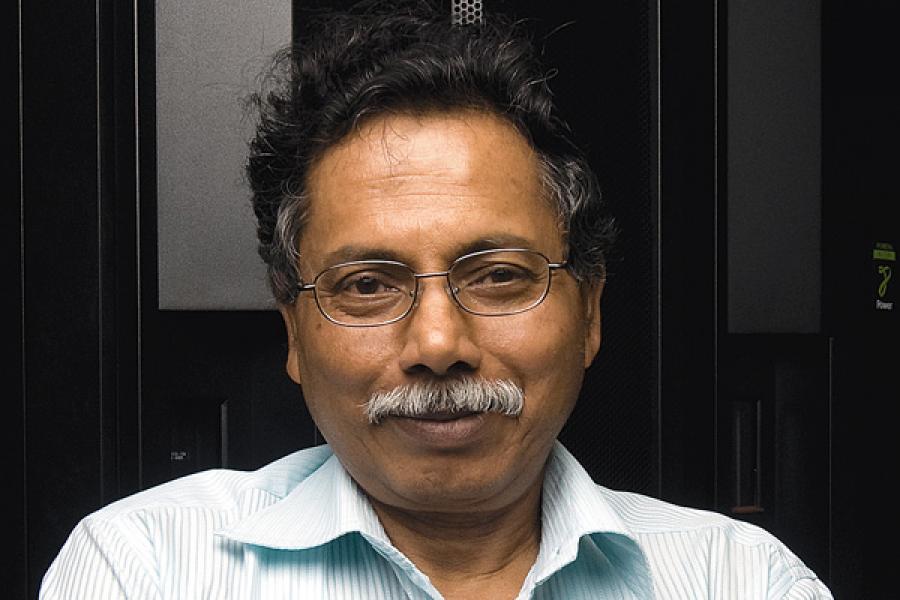
Our Models to Predict the Monsoon Are Improving
Meteorologist B.N. Goswami says below normal rainfall in early July need not be worrisome
B.N. Goswami
Designation: Director, Indian Institute of Tropical Meteorology (IITM), Pune
Age: 61
Education: Ph.D. in plasma physics, Physical Research Laboratory, Ahmedabad; M.Sc. in physics, Gauhati University
Experience: Director of IITM since June 2006. Prior to that, he was chairman at the Centre for Atmospheric Sciences, Indian Institute for Science
Interests: Understanding the variability of Indian monsoon and climate modeling
July is when the country receives the maximum rainfall. This year it doesn’t look so good. What’s your take?
June was good. About 30 percent above normal, but so far in July, it has been a little weaker. The Indian Meteorological Department (IMD) has said that in the first two weeks of the month it has been up to 20 percent less than normal expectations. But I feel it is still not a cause to be alarmed by. If July is severely below normal, then the season as a whole becomes difficult to recover. IMD has been concerned, but I personally feel there need not be a cause of serious concern because we can recover quite a lot in August. But if July [rainfall] is 30 percent below normal then it becomes difficult. [The week ending July 20 saw rainfall recover over India and cross the long period average of 89 cm by 7 percent.]
Are there instances in the past when this has happened?
If you look at it, then in July 2009, rainfall was 49 percent below normal expectation. In that case, it becomes difficult to recover. But 20 percent below normal is not really a cause for worry and has happened before. In fact, this year we used the coupled atmospheric model [for predictions], which is a step forward from the statistical model that IMD uses.
What are your predictions on the basis of this new model?
Our predictions show that it [rainfall] should be slightly above normal. Not very much, but I am optimistic that the monsoon should recover.
Our concern was that this year the onset of monsoon happened about 10 days later than what the IMD had forecasted. Why did this happen?
Onset [of monsoon] happens rather suddenly. The process is abrupt. Prediction of an onset is very difficult as the time scale is very short. Maybe two or three days before [the onset] we can do it; but predicting it 15 days or one month in advance is very difficult.
In that case how do you come out with a prediction?
This time [a] large scale onset was not conducive and it still required some more time. But I want to point out that from a climate science perspective, it does not really matter if the onset is one week ahead… There is no co-relation between the onset date and total seasonal rainfall. Of course, it is an
issue for farmers and water resources.
How do you communicate the forecast to farmers?
I don’t think much work has happened on that. It is a very important thing and the problem is still [in] the way we give the forecast. We say it will be 95 percent of long period average. That one number is very misleading. Our predictions are never very deterministic. But I am optimistic as things are changing.
In what way?
The [prediction] models are improving. We validated our coupled dynamic model by doing retrospective forecasting and it showed that the skill of the model is better than the statistical model. Until now it was not happening. I am beginning to get more confidence in it.
(This story appears in the 12 August, 2011 issue of Forbes India. To visit our Archives, click here.)
-
 Murty
MurtyHaving a weather department of around 200 years of experience, India should develop its own weather models rather than customising the models built elsewhere.
on Sep 26, 2011















